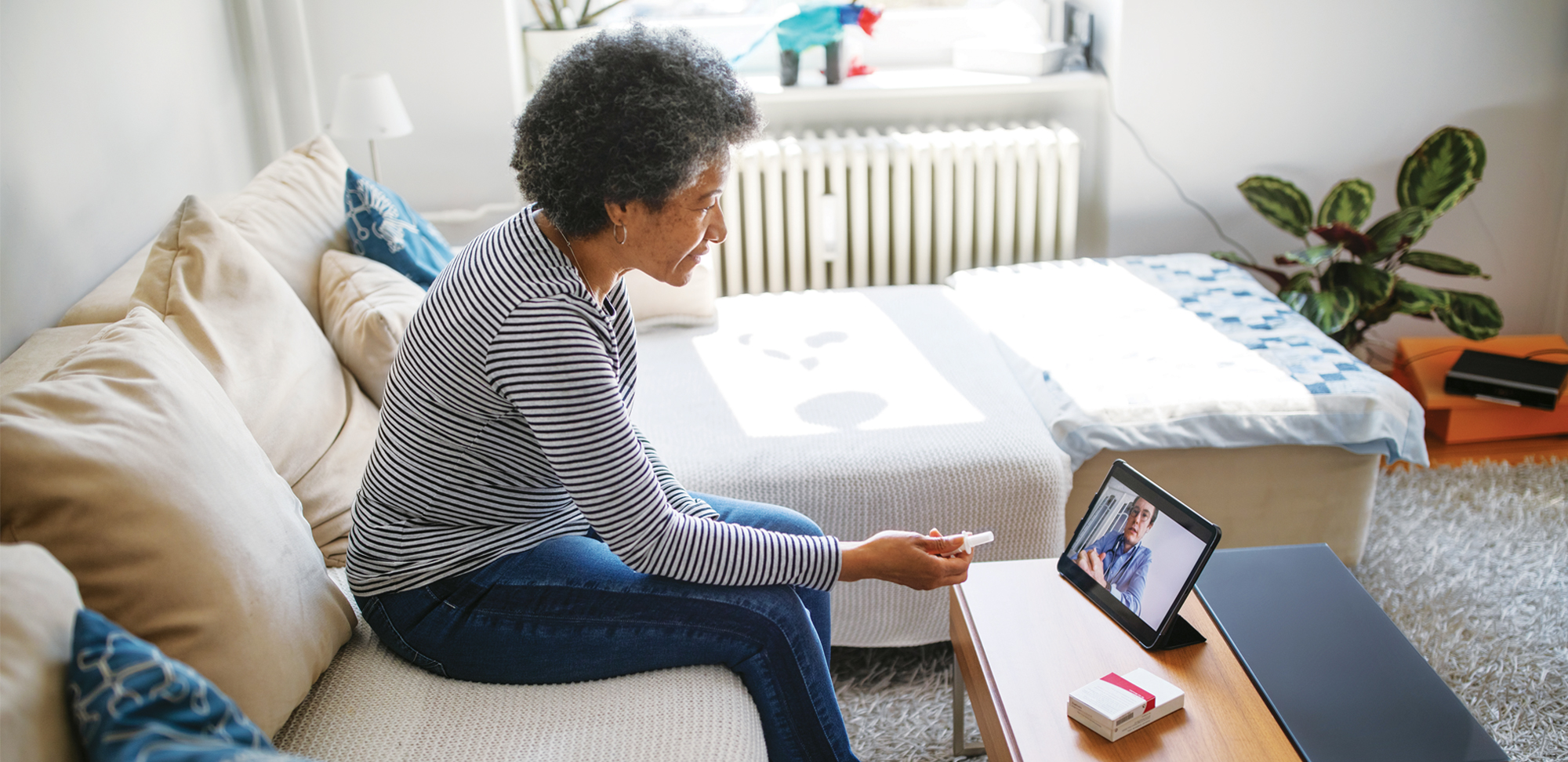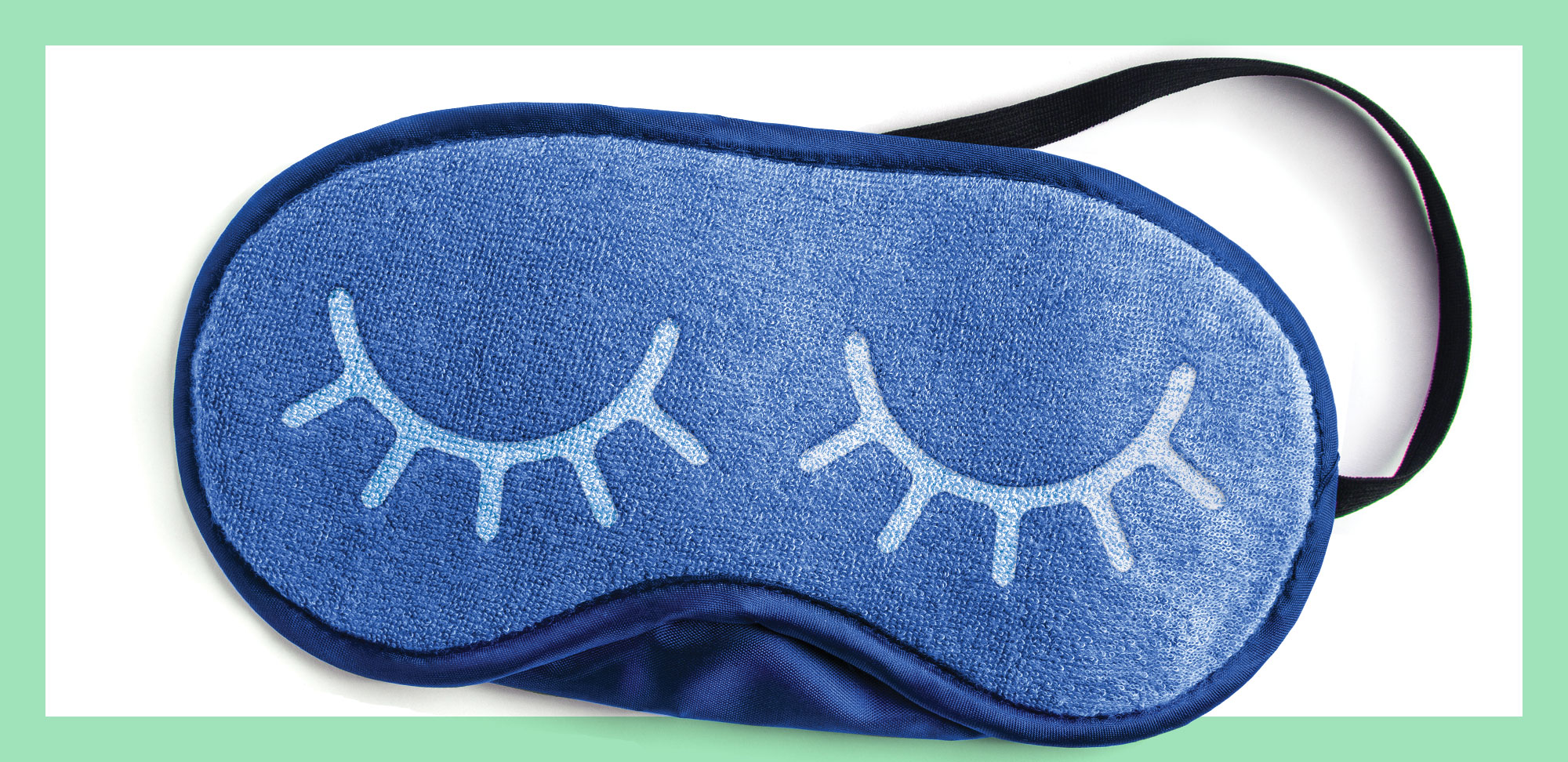Elon Musk of Tesla is developing an implantable brain-machine interface (BMI) that stimulates neurons and promises to revolutionize the treatment of a broad range of neurological conditions. While a computer hooked up to your brain to treat your Parkinson’s disease is likely a long way off, Musk’s initiative illustrates the progress being made in the field of digital heath technology.
We talked to Dr. Darren Larsen, chief medical officer for Ontario MD, a subsidiary of the Ontario Medical Association, which advises physicians on digital health tools. Here’s a short overview of the trends he’s seeing in the field.
Virtual health care
The onset of the COVID-19 crisis caused a swift and seismic shift from in-office to virtual healthcare — delivered via phone, email or video conferencing. Research indicates that only about seven per cent of primary care doctors regularly used the virtual approach before the pandemic, but within a month and a half of the outbreak, 91 per cent had switched over. “This is the most dramatic shift in healthcare I’ve seen in my career,” says Larsen.
Patients, he adds, are keen on the shift —partly because it saves them precious time — but surveys show most want to keep seeing a doctor in-office, at least for the first visit. There are still procedures, such as pap smears and heart tests, that can only be done hands-on, and Larsen predicts there will be a balancing of in-person and virtual care over time.
On-demand health care
Digital technology is allowing today’s busy and increasingly mobile patients to access health care at their own convenience. After all, most Canadians now own a smartphone and have access to the internet; that’s where they’re researching medical facilities and booking doctor appointments. And they go to their appointments armed with health data they’ve collected on their devices, such a selectro cardiographs (ECGs), says Larsen. (More on those below.)
While he “love[s] data-driven conversations with patients,” Larsen says the sheer volume of information patients gather does cause unnecessary worry. “They come with a raft of data to show how sick they are, when you know that all they’ve given you just shows they’re quite normal.”
Wearable devices
Small devices implanted under the skin that continuously monitor blood sugar levels have been a godsend for people with diabetes. “We’re getting very precise with real-time blood sugar trends and that’s awesome; it allows me to accurately change a patient’s insulin levels,” says Larsen.
Elsewhere, people are sporting exercise trackers, such as Fitbits; sweat sensors; nutrition indicators; and oxygen monitors. While many wearable devices aren’t sensitive enough to make a huge contribution to the general illness conversation, there are some exceptions, Larsen believes. One he singles out is the Apple Watch, which has an ECG monitor that can alert you when you’re in atrial fibrillation.
Then there’s the device worn like a collar that measures oxygen level, heart rate and respiratory rate, and even tracks snoring, he says. Larsen notes that applications on these devices are getting smarter, making the technology more useful. “They’ restarting to do a lot of actual curation and better interpretations,” he says.
Electronic health records
These have been around for years, but today there’s an increasing level of connectivity that allows health experts to easily access patients’ lab tests, imaging reports, drug information and immunization records. Experts are using increasingly sophisticated technology to keep electronic health records accurate and free from data breaches.
While connected systems are currently limited to hospital settings, and primary care records mostly standalone on private servers, the next big frontier, according to Larsen, is getting primary care data into those larger health databases.
Artificial intelligence (AI)
AI uses sophisticated computer-based pattern recognition to identify abnormalities physicians might miss. For example, it’s being put to work picking up potentially cancerous growths on scans, determining overall cardiovascular risk through data analysis and perfecting medical imaging. “You see predictions that computers will replace radiologists for the bulk of X-ray reading within the next 10 years, and the same for CT [computerized tomography] scans,” Larsen observes.
AI may also be useful in drug development, lowering medication error rates and identifying and addressing patterns of frequent use by patients in emergency departments. “I have about 10 years left in this career and I’m pretty sure AI will revolutionize what I do in medicine before I’m done; that’s the pace of change,” comments Larsen.
He’s convinced that, before here tires, AI “will allow us to recommend treatments with a degree of certainty that we’re on the right path — right now, we’re just using intuition.” But Larsen cautions that “AI is only as good as the data you train it on, and you have to train it really well to make good predictions.”
Genetic-based treatments
Your genetic makeup is increasingly being used to determine optimal treatments tailored to you. Larsen participated in a study at the Centre for Addiction and Mental Health (CAMH) in Toronto, in which every patient who needed a psychoactive drug got a genetic test beforehand.
He says there were “profound success stories” — patients who had failed numerous therapies improved once a drug they could safely metabolize was identified using genetic information. “I would give it to them and, boom, they were all better in three months, and I think they would have died by suicide had I not found that drug,” says Larsen.
Virtual reality (VR)
This technology is being used to treat or help manage everything from autism and pain to post-traumatic stress disorder and anxiety. Larsen sees VR or its sister, augmented reality (AR), playing a role in helping seniors with cognitive difficulties better connect with their environment — perhaps using movement or music. “The biggest problem for people with dementia is that we kind of forget about them. We don’t stimulate them anymore, which causes them to decline [further],” says Larsen. AR could also play an important role in training health experts to perform various medical procedures.
Improved telemedicine
Doctors have been communicating remotely with rural patients for some time now, but it has become increasingly common, says Larsen. “It’s available on every cellphone, every computer. I used to have to travel to a TV clinic in the hospital; now I can do it from my backyard on my iPhone.”










